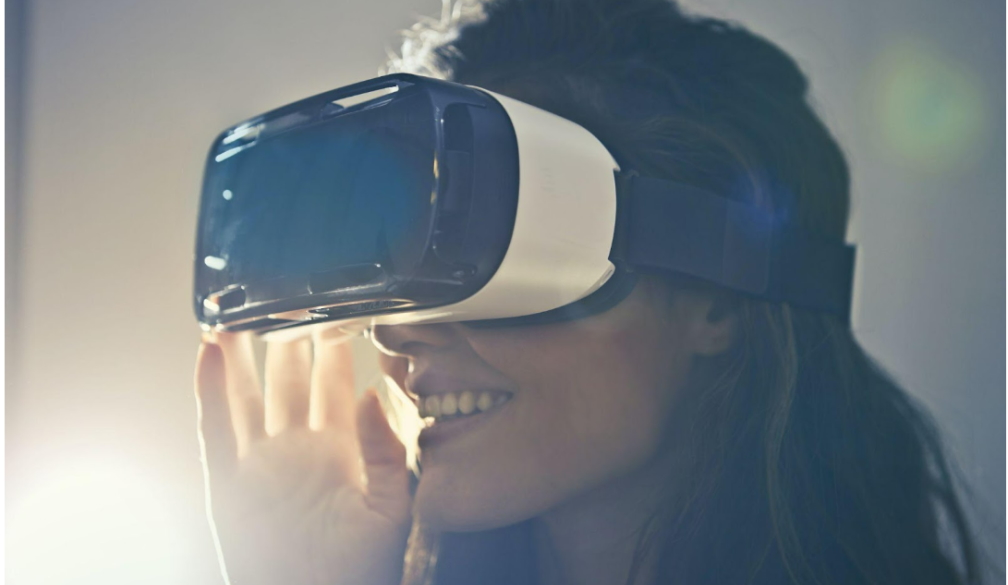From VR to Construction: The Wide World of 3D Modelling Technology

What is Virtual Reality?
Virtual Reality put simply, is a digital simulation of “real-life” objects and environments, created through computer-generated images which are interactive and responsive to the user viewing them. Importantly, Virtual Reality enables a user to both interact with and explore a digital environment and its contents virtually, without ever physically setting foot in the actual “real-life” geographical location they are “visiting”.
Also known as an approximation of reality, Virtual Reality or VR is reliant on computer and digital software to exist, and to be interacted with, viewed and perceived by the user as though it is actually “real”. Of course, the quality of the perception of Virtual Reality by the user interacting with it is entirely dependent on the software, technology and equipment used to produce and experience it. For example, computer software such as 3D Scanning is essential to the production of quality VR. Melbourne 3D Scanning in particular is used by Australian Virtual Reality producers who have the objective of producing the most realistic Virtual Reality experiences possible.
What is 3D Modelling?
In essence, 3D Modelling involves the design and production of three-dimensional, virtual replicas of objects, surfaces or landscapes using specialised computer software and graphics also known as Computer-Aided Design, or CAD. There are 3 main types of CAD - Solid Modelling, Wireframe Modelling, and Surface Modelling.
Solid Modelling in Computer-Aided Design
By utilising 3D Blocks to create three-dimensional models or replicas of objects, surfaces and landscapes, Solid Modelling is a method of Computer-Aided Design that assists with better understanding and conceptualising an item’s physical form and construction.
Wireframe Modelling in Computer-Aided Design
Unlike Solid Modelling, Wireframe Modelling can be employed in Computer-Aided Design when an object, surface or landscape is in a curved or uneven shape or form, making it more difficult to replicate virtually, as simple geometric-shaped 3D blocks can unfortunately not be utilised to replicate them. As such, Wireframe Modelling is the ultimate solution for the digital representation of more complicated shapes in 3D virtual design.
Surface Modeling in Computer-Aided Design
Ideal for even the most complicated of shapes and designs, Surface Modelling uses more advanced Computer-Aided Design software and graphics to achieve digital replicas and representations of abstract shapes and surfaces that would usually be unattainable. By using the most elevated software available, Surface Modelling is the most advanced form of Computer-Aided Design.
How do Virtual Reality and 3D Modelling Work Together?
3D Modelling is an essential component of Virtual Reality design. Without Computer-Aided Design in the form of 3D Modelling, virtual representations of digital landscapes, geographical locations, and the objects and surfaces contained within them, would not be possible.
As such, 3D Modelling technology forms the basis of the production of a Virtual Reality landscape, as it enables digital creators to design, produce and digitally render the most realistic environments possible. This is because 3D Modelling allows for virtual recreations of objects and surfaces in anatomically and geographically correct forms, in turn allowing for the most realistic, authentic and believable VR experiences for users that interact with the digitally-produced environment. In this sense, Computer-Aided 3D Modelling Designs in the form of Solid Modelling, Wireframe Modelling, and Surface Modelling each combine and work together to create a realistic Virtual Reality environment and experience, in which users can interact with their surroundings and explore a computer-generated location almost exactly as though they were physically visiting the geographical place.
As mentioned early, the quality of a Virtual Reality experience is only as good as the software that is utilised to produce it. As such, some of the best Computer-Aided Design programs for 3D Modelling-based Virtual Reality have been created with this specific purpose in mind. For example, computer software giant Adobe has been touted by many Virtual Reality designers as housing some of the best quality CAD programs on the market. Alternatively, software programs such as Solidworks, AutoCAD, Inventor, Revit, and Civil 3D, to name a few, have also been listed within the top ten Computer-Aided Design software programs available on the market today.
Nevertheless, new technologies are always emerging and being developed, with advances happening almost every day. There is no doubt that with continued development, 3D Modeling and Virtual Reality will become more and more realistic, interactive, and believable in terms of perception by users of VR in the future.





